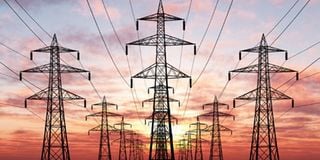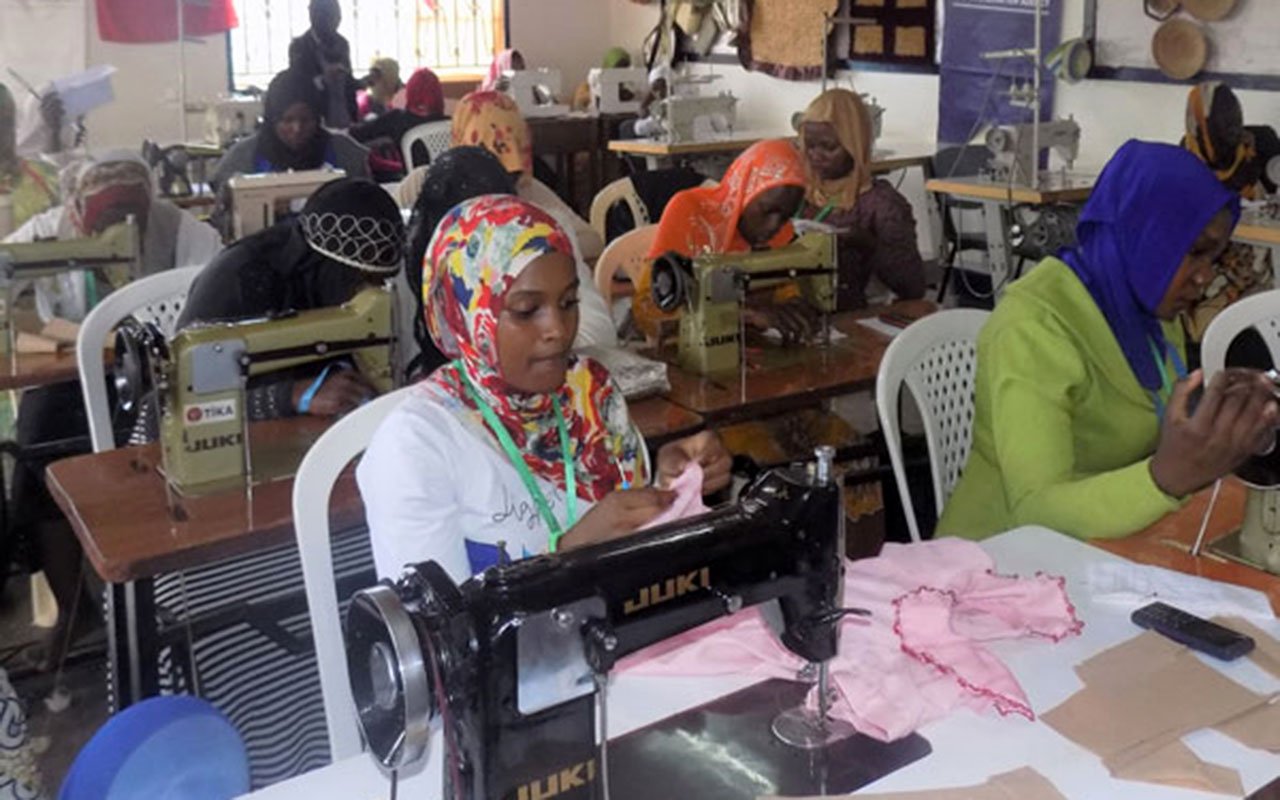Prime
Umeme explains why there're frequent power outages

On December 21, 2015 Uganda’s major electricity distributor Umeme turned to social networking site, Twitter, to acknowledge electricity users’ concerns about on and off power supply
What you need to know:
The Electricity Act provides that where damage or loss is caused to the consumer by the negligence of the licensees, the consumer is entitled to prompt payment of fair and adequate compensation by the licensee for the damage or loss sustained as a result of exercise of those powers
KAMPALA
On December 21, 2015 Uganda’s major electricity distributor Umeme turned to social networking site, Twitter, to acknowledge electricity users’ concerns about on and off power supply.
“We are having many outages in Kampala and surrounding[s]. We would like to assure you help is coming,” read the post.
This came against the backdrop of planned and unplanned outages, which are costing many businesses in the country.
What explains the outages?
When contacted about the matter, state minister for Energy, Mr Simon D’Ujanga, an engineer, said the power operator is better placed to explain.
According to Umeme media manager Stephen Ilungole the outages are a result of planned maintenance.
“Or technical faults arising mainly from vandalism of our installations and equipment,” he added.
Mr Barasa Lasto, a consulting electrical engineer, told the Daily Monitor on Monday, January 11 that the faults could occur anywhere along the electricity supply chain.
A pole along the transmission or distribution could fall, cutting off supply from one point to another.
Many of the poles used – though treated – are wooden and, therefore, with age could be nibbled by termites or succumb to the elements.
Mr Barasa adds that transformer could blow up if there are more connections to it than it was designed to accommodate.
The oil in the transformer, due to an oversight on the part of those concerned, could be below the minimum level for the transformer.
Oil acts as an insulator between the windings in transformers and with the body of the transformer.
Without oil, the heat in the transformer could generate sparks, which would start a fire.
Lighting can lead to an upsurge in the voltage; so sudden that electricity would go off.
Ms Pamela Nalwanga, the principal communications officer of Uganda Electricity Transmission CompanyLimited said there is no problem on transmission side.
How outages are impacting on business?
Robin Ocan, who manages a small restaurant, says an outage means he has to spend Sh20, 000 fueling a generator to for lighting and to run a refrigerator.
Were the outages to happen every day for one month, it would cost him twice what he would spend on electricity monthly.
Patrick Busobozi, a miller, says sometimes the electricity utilities do not inform the customers when supply will be turned off and restored.
Many users, therefore, do not turn off their equipment or electrical gadgets that are plugged in.
When supply is restored, should the voltage be higher than normal, users who do not have power surgeprotectors could lose their equipment.
“When the motor gets burnt, it will cost Sh1.5 to rewind to make it reusable,” Mr Busobozi says. “If it is 100–horsepower motor, it would cost Sh5 million to rewind.”
What is being done to reduce the outages?
Umeme has time and again said it is investing electrical substations and replacing old poles to copewith load growth as well as to ensure the reliability of supply.
Between 2005 and 2012, Uganda was producing less electricity than it needed, which necessitated load shedding.
Load shedding stopped when President Museveni commissioned the 250 Mega Watt (MW) Bujagali Hydro Power Plant.
Uganda now has an installed electricity generation capacity of 850MW though Peak demand is 528MW.
Given the amounts the transmission and distribution companies say they have sunk in the network since the mid 2000s, now that there is more power than is being used, perhaps few Ugandans did not expect load shedding to be replaced by power outages.




